The BRAWL² Tournament Challenge has been announced!
It starts May 12, and ends Oct 17. Let's see what you got!
https://polycount.com/discussion/237047/the-brawl²-tournament
It starts May 12, and ends Oct 17. Let's see what you got!
https://polycount.com/discussion/237047/the-brawl²-tournament
Tutorial - Forest Ground Tiling Texture & Free Stuffs
Hey everyone! I wanted to share with all of you. The tutorial is finally out 
For those that are interested, it has 25+ HD Videos, Over 14 hours, and we cover the entire creation process of making a tiling forest ground texture. I have also created some more free brush alpha's for you guys AND a 1 hour long intro to zbrush course for FREE! Which covers setting up a tiling texture workflow in zbrush, gathering reference for your next project, and some simple zbrush tips and tricks to help get you started.
I really hope this all helps you guys and I appreciate everyone's support and feedback in making this tutorial. It will be on sale for the whole first week with $10 off! Head on over to gumroad and check it out!
Thanks again everyone and enjoy, happy learning!
https://gumroad.com/purepolygons
Questions/Comments:
www.facebook.com/purepolygons
Marmoset Viewer Version can be found here:
https://www.artstation.com/artwork/kZAVx
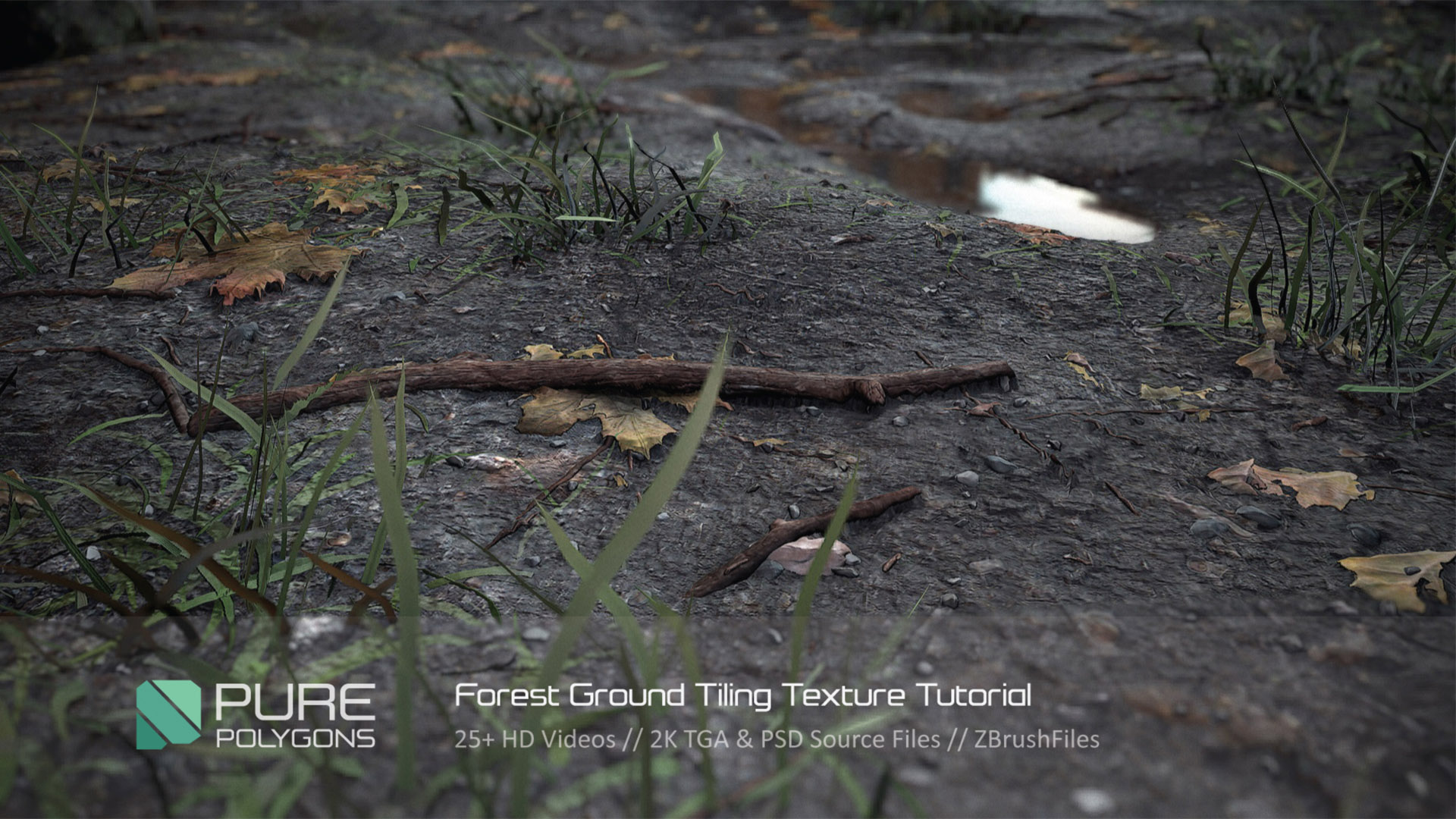
Updated Images: 04/18/2016
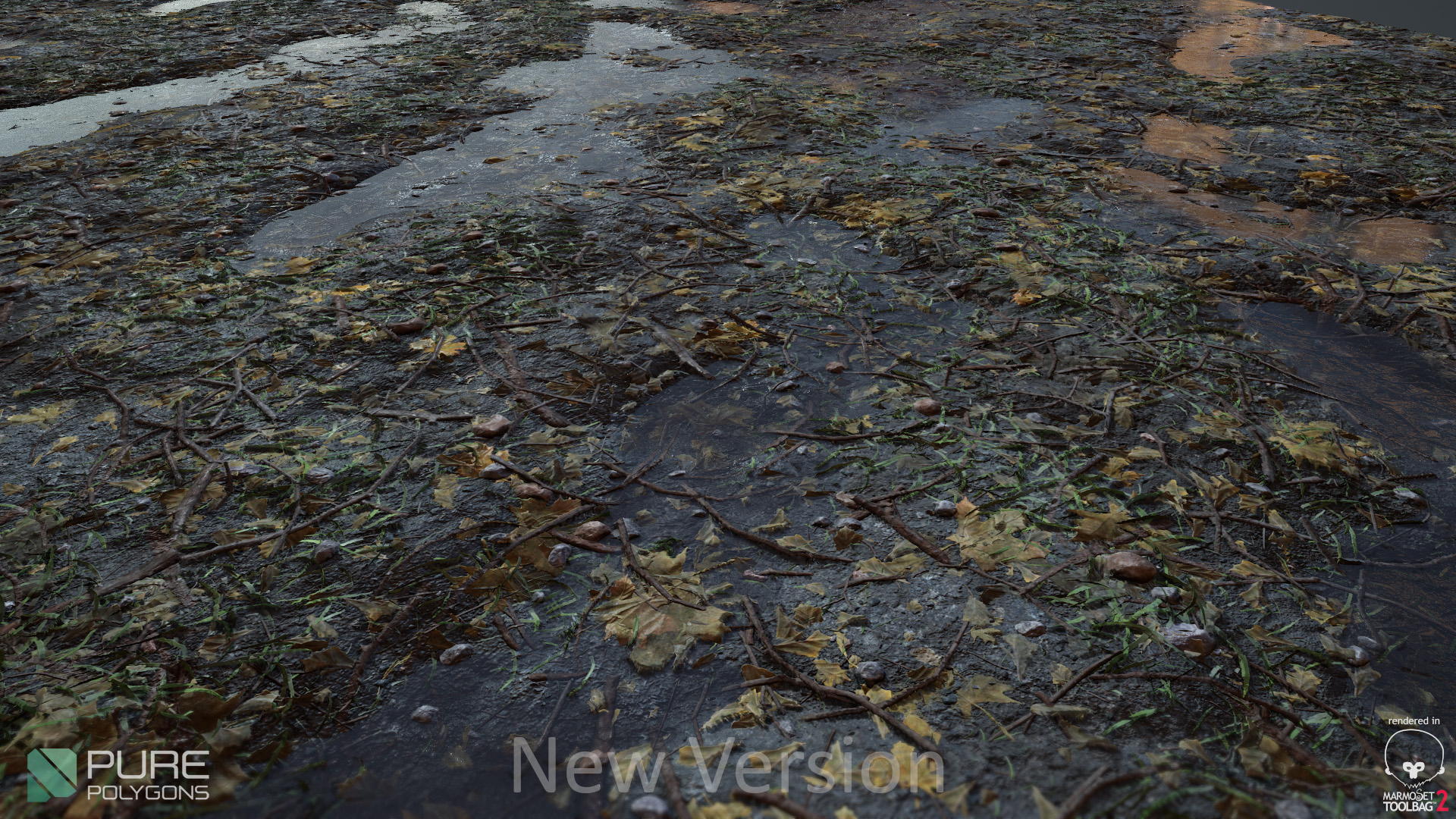
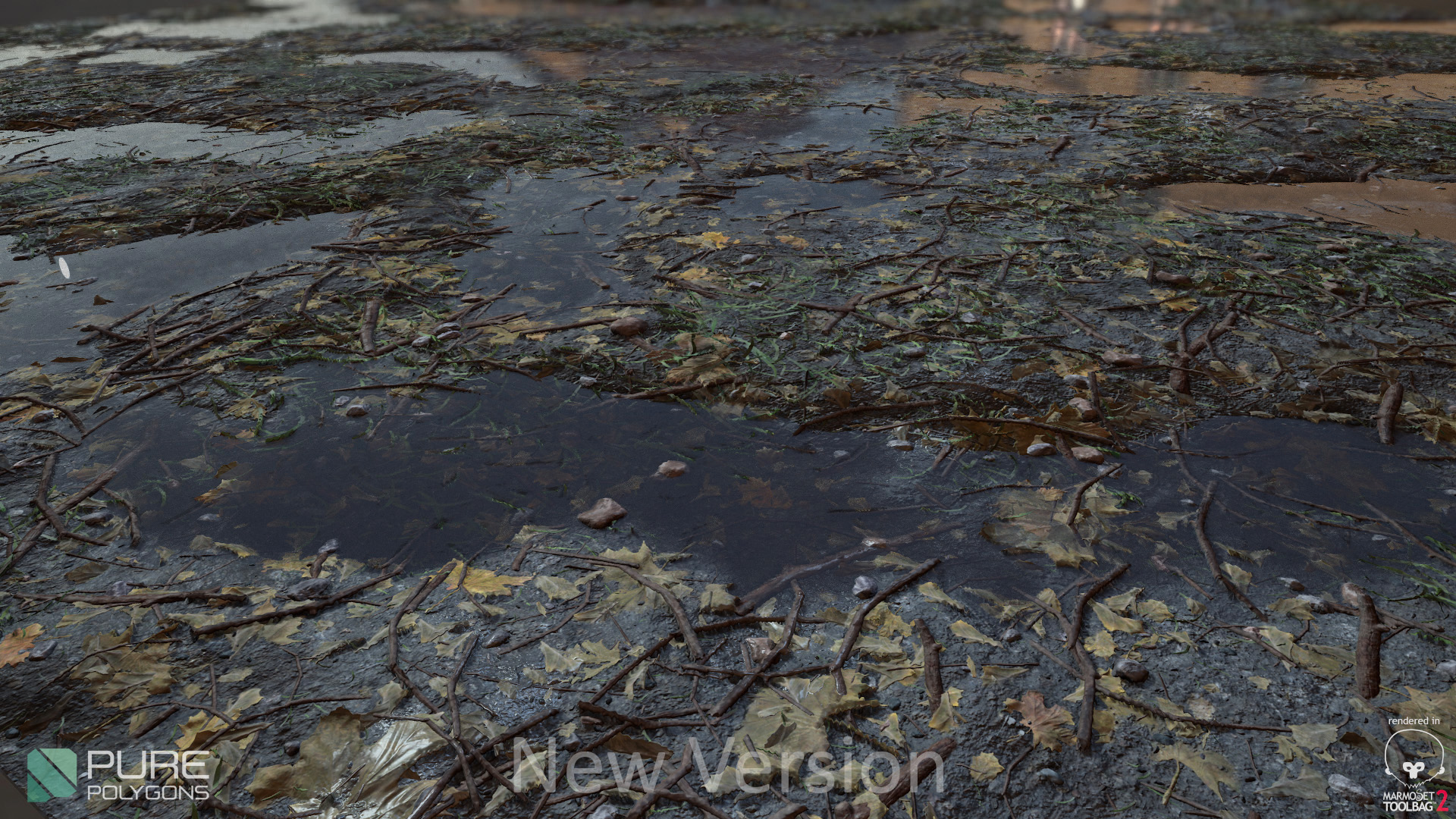
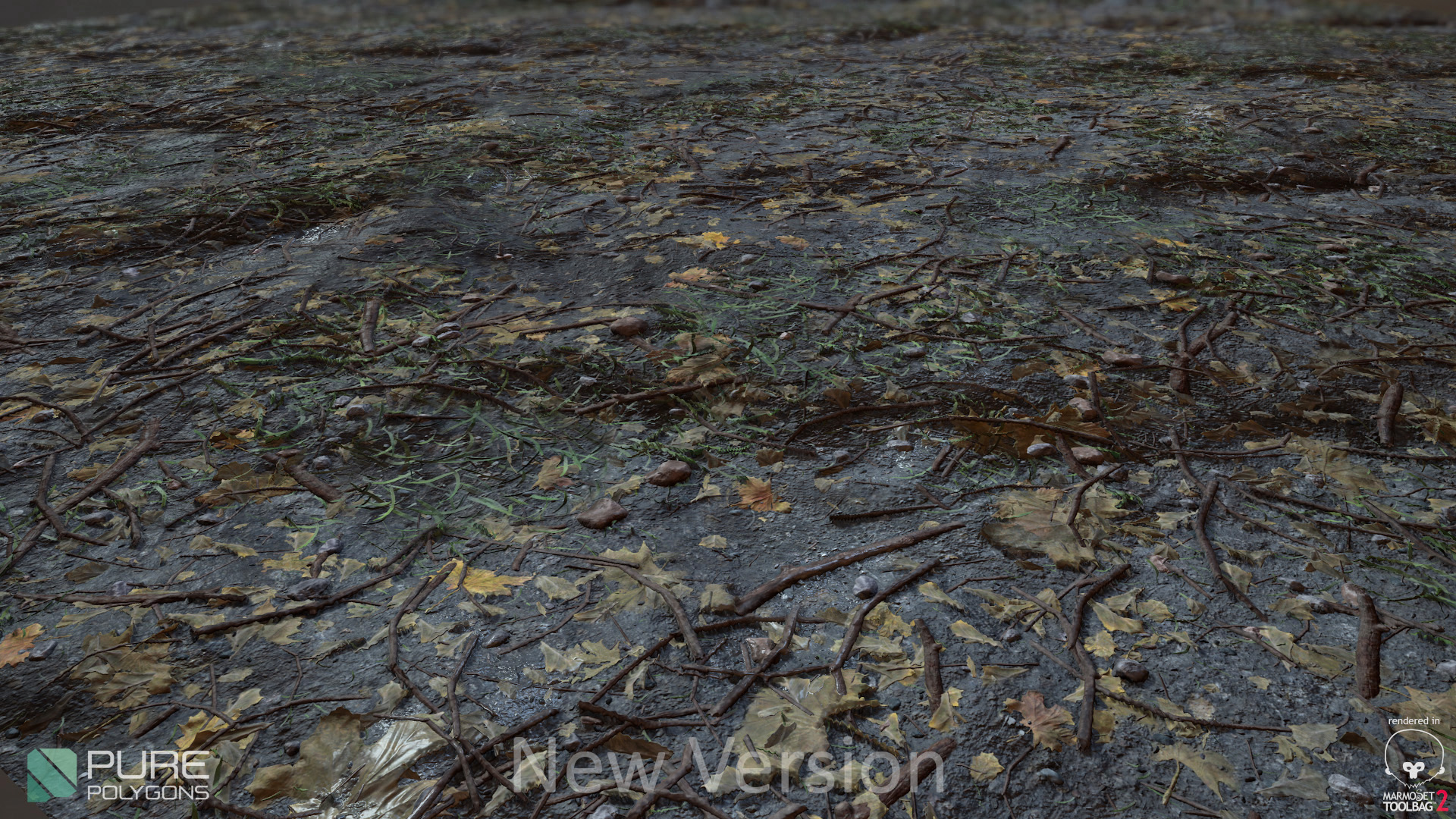
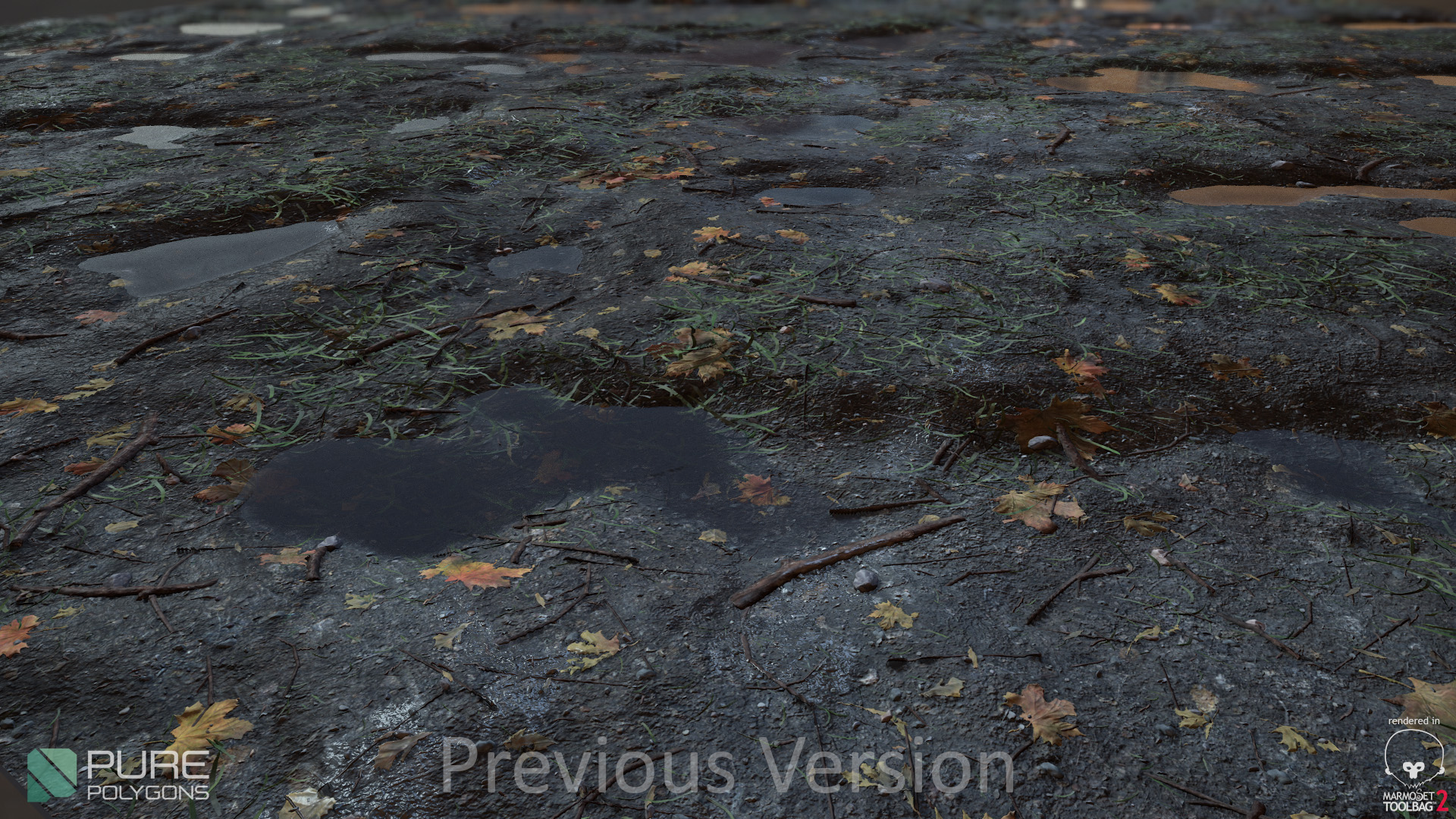
 https://youtu.be/Ka9E_Fz7pSY
https://youtu.be/Ka9E_Fz7pSY
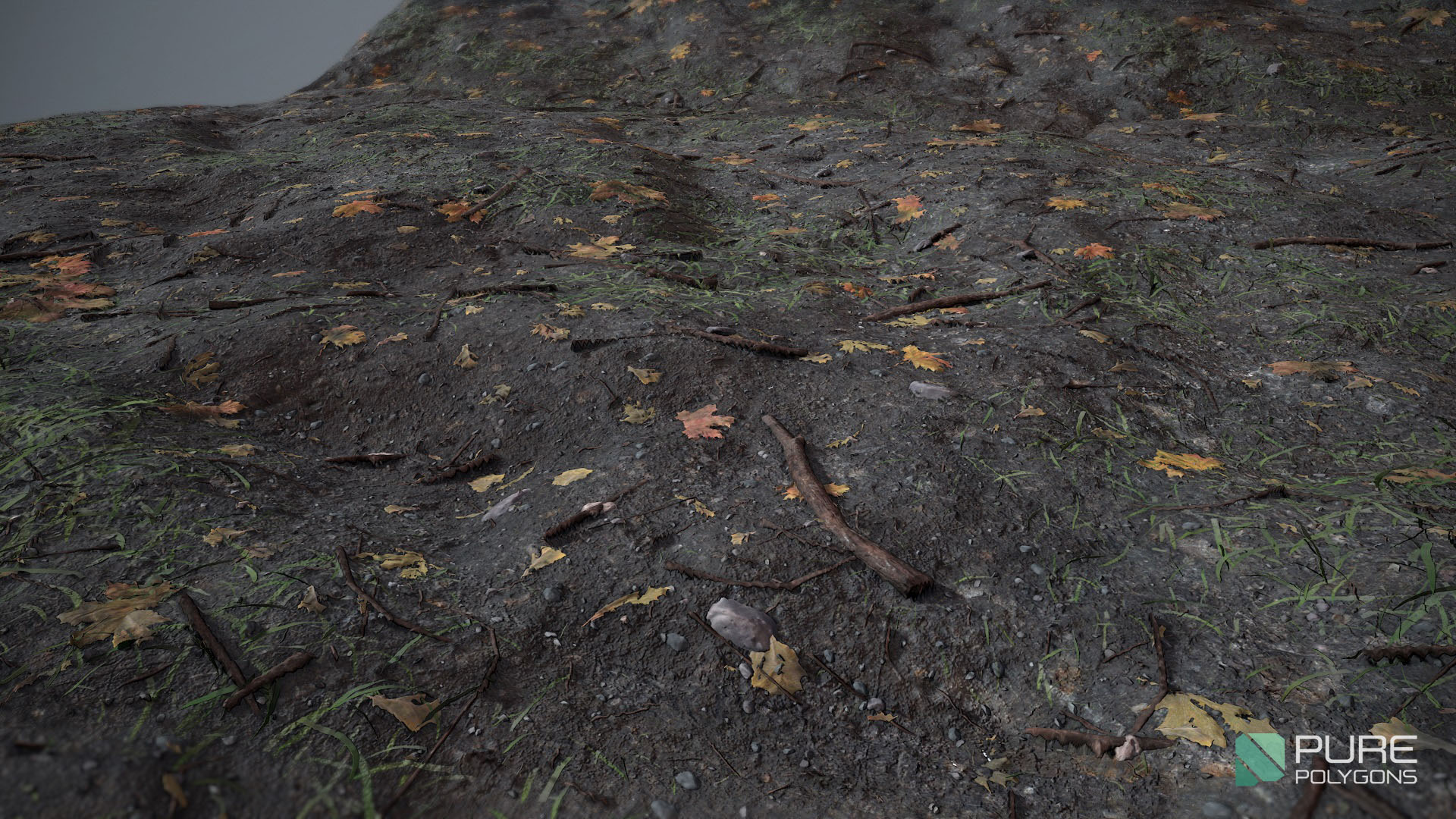
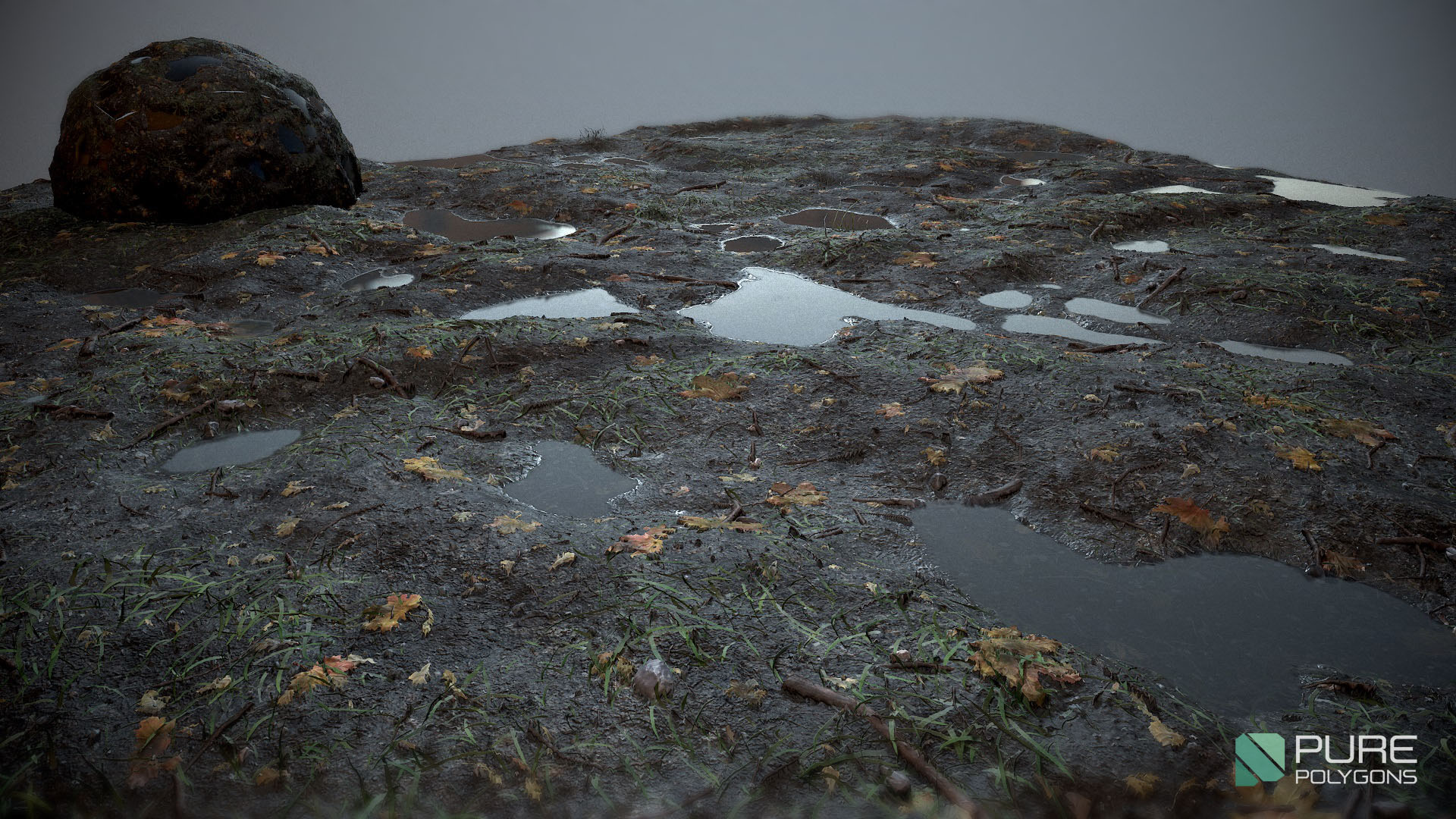

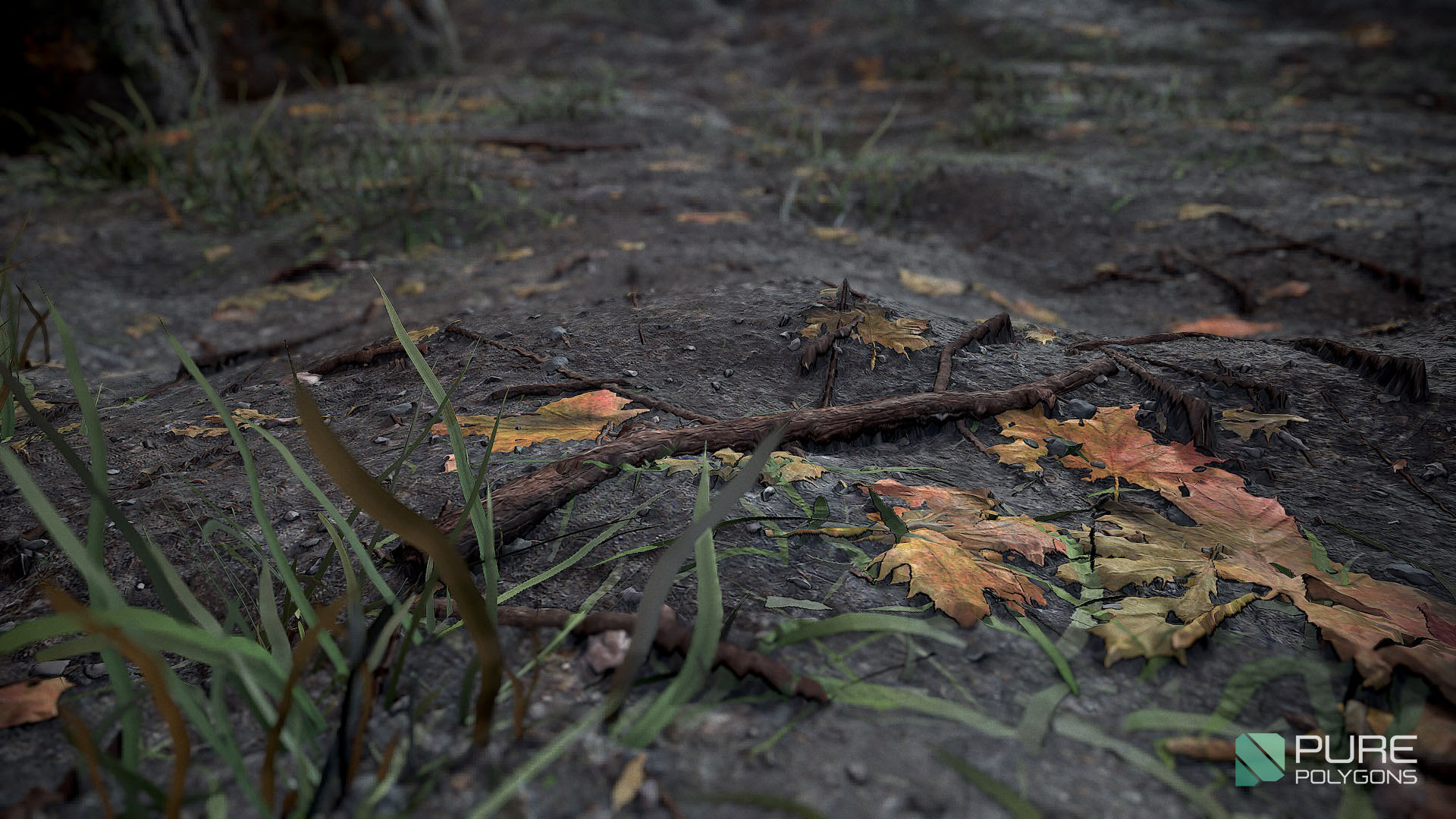

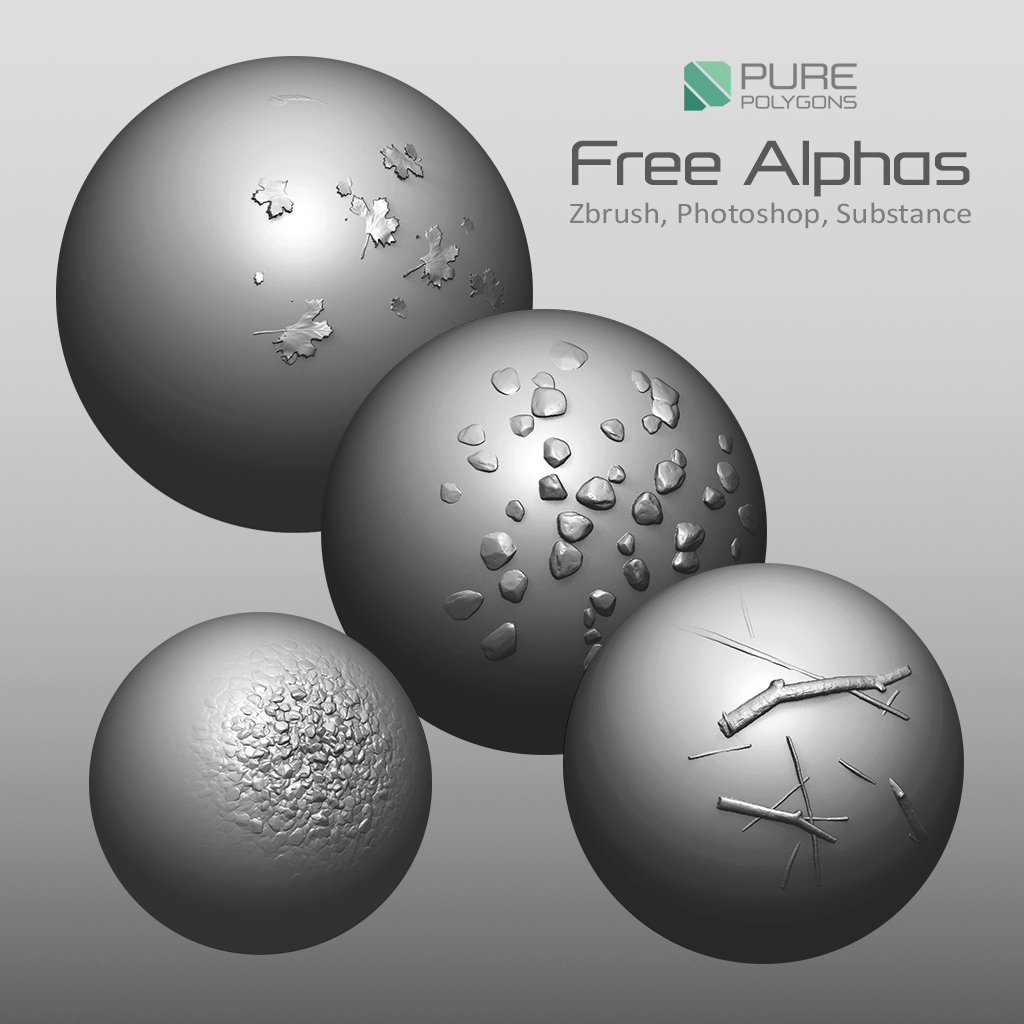
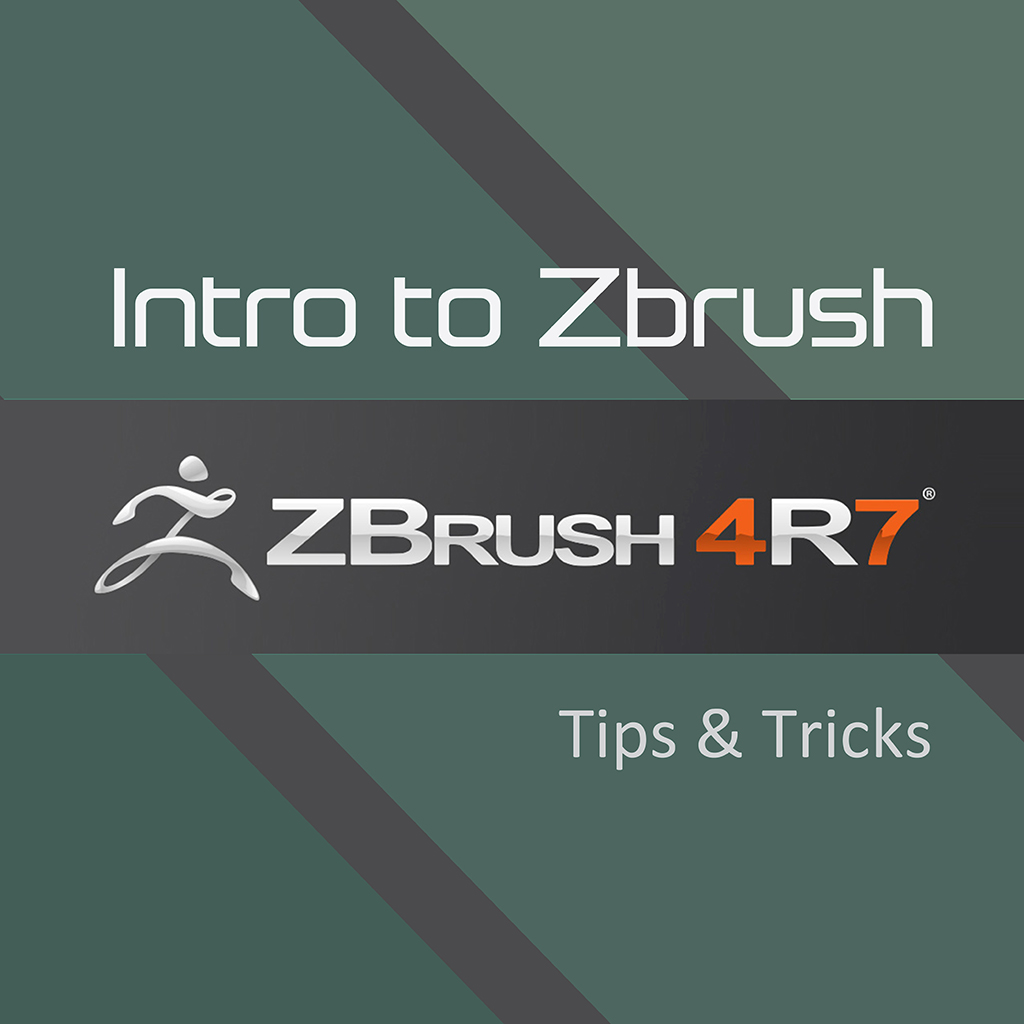
For those that are interested, it has 25+ HD Videos, Over 14 hours, and we cover the entire creation process of making a tiling forest ground texture. I have also created some more free brush alpha's for you guys AND a 1 hour long intro to zbrush course for FREE! Which covers setting up a tiling texture workflow in zbrush, gathering reference for your next project, and some simple zbrush tips and tricks to help get you started.
I really hope this all helps you guys and I appreciate everyone's support and feedback in making this tutorial. It will be on sale for the whole first week with $10 off! Head on over to gumroad and check it out!
Thanks again everyone and enjoy, happy learning!
https://gumroad.com/purepolygons
Questions/Comments:
www.facebook.com/purepolygons
Marmoset Viewer Version can be found here:
https://www.artstation.com/artwork/kZAVx

Updated Images: 04/18/2016




 https://youtu.be/Ka9E_Fz7pSY
https://youtu.be/Ka9E_Fz7pSY







Replies
i thought I'd have a look at this after seeing your work earlier on in the WYWO thread, I was impressed. However, after looking at your gum road - even the free tutorial is attempting to charge me $4.99.... When you say it's free
Additionally, whilst I understand you have put ALOT of work into this - I simply cannot justify it being $49.99 each (with the $10 discount - which also isn't working on gum road as it says $59.99) despite all the things you provide I would only use the video personally to follow...
I personally believe you would sell a lot more to a wider audience (including hobbyist and professionals if it was cheaper).
keep up the good work will be waiting reviews before I consider it further
edit: don't want to get any hate so just for comparison this is equally as expensive as gnomon's...
It is absolutely free
The $4.99 just pops up because gumroad is making a "suggestion" if you want to donate $5 for the free tutorial, but it definitely is free don't worry haha!
Also for the tutorial itself, it is the same thing it is only a suggestion from Gumroad since the original price was $59 it asks how much you would like to pay, but you only have to enter $49 into there
Thanks a lot for the comments and I'm sorry for any confusion with the prices! All the best and I hope you at least checkout the free stuff and see if you like it before buying the full length tutorial.
However I think that education should be reachable for everybody, and sometimes the best tutorials are those that you have to pay a high price for, but that is why places like polycount exist!
www.facebook.com/purepolygons
And since I know not everyone will be buying it of course, I definitely wanted you guys to still be able to get your learn on and pickup some free alpha's while you're at it
Dave JR, think of it this way. $50 for a very in depth tutorial that shows every step of a very nice looking texture, from a texture artist at a top tier game company isn't that much to pay
Ya'll need to consider that there are classes/schools out there who only cover a fraction of this stuff for $2000 a class, let alone with professors who were in the industry 5+ years ago. Anyways, thanks for this Jacob!
@Dave Jr - Thanks a lot for supporting the tutorial! And thanks a ton for the kinds words, I'm really glad you ended up enjoying it
@xChris - I was actually a Sci-fi only guy for about 3 years almost at Insomniac, but slowly I've been enjoying organic more and more. I still have a ton to learn, but I would definitely say to give organic a try. Maybe you find out you really like it
But these are some great results I have to say. So thanks for sharing and for your effort.
The puddles look great, but thats heavily depending on the engine that you use and how they need to appear.
Also displacement is something that cant really be used on ground textures. More realistic would be Parallax-mapping which doesnt create real geo. Or even only normalmap (for Unity) ... so the results are a bit misleading because it cant really be used in practice.
The nice Marmoset screenshots with displacement and puddles and everything will definitely work for portfolio pieces and maybe for naughty dog, but unfortunately not all of us. That doesnt mean there is nothing to learn from this tutorial!
This is a good way to make nice tiling ground Materials. I also think ZBrush is the way to go. But there are many great ZBrush tutorials already out there. The Nanomesh thing for example has been explained in depth elsewhere.
I dunno .... just my opinion.
It is not my intention to bad-mouth something here. Please everyone decide for themselves if it is useful.
@wirrexx - Haha thanks a lot man, that means a lot
@defragger - That's true, this isn't a new technique or ground breaking haha, but I wanted to make this tutorial for a couple of reasons. A lot of the content can be found across the internet, but you will need to look in many many places and all of the material is not connected in how it is explained. So i wanted to make an all encompassing tutorial that shows each of these process and how they related to each other/how they can be used together to make a game ready texture. While displacement maps can be expensive, they are also being used a lot more in Games for both real time tessellation and parallax mapping. It is great to know how to use them and create them, because they will become part of the standard workflow as technology continues to advance. We already have much higher polycounts in console games and even in my recent Procedural Nature scene I am using real time tessellation at about 30fps on about 3 year old hardware. Feel free to check it out!
Of course it may be some time until this becomes the "standard" but it's good to learn it and understand it sooner than later
Thanks for the comments!
@Maximum-Dev
All of the processes shown in this demo are the same techniques I use to create my ground textures here at my Gam Dev job and I have been using at my last few companies as well. You can definitely use this to make game-ready textures and just "re-size" the textures as needed or turn off tessallation as needed
But I do need sleep very badly, so please disregard any misspellings or possible ramblings lol
Does that sound good ?
I have always wanted to go back and update the texture since I was never fully satisfied with the result. So I have gone back in and made some updates and changes that I am much happier with! I hope you'll all agree. All changes made to the texture are using the same techniques seen in the tutorial. New and old versions can be seen in the pictures
Marmoset Viewer Version can be found here:
https://www.artstation.com/artwork/kZAVx
Here are the pics